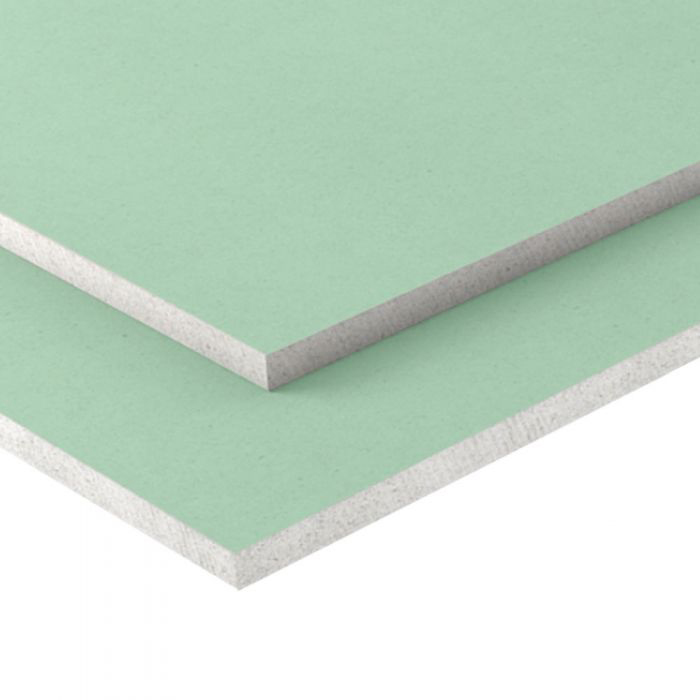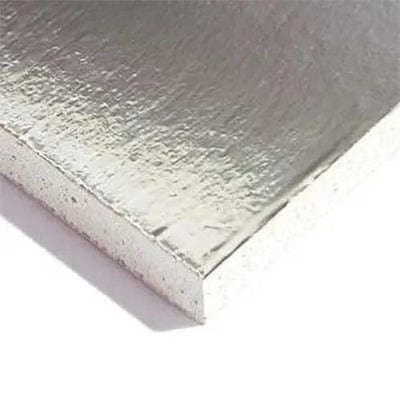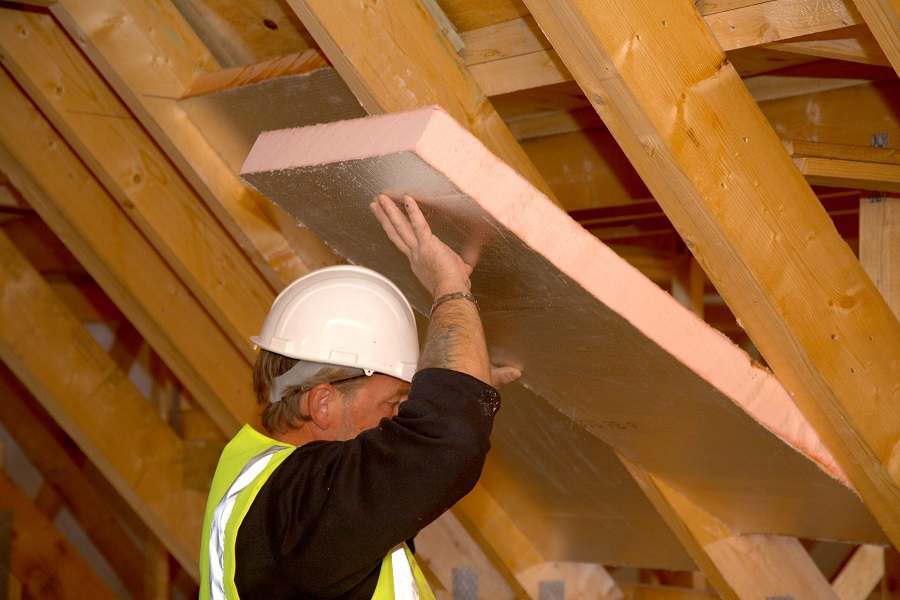CONQUERING HUMIDITY: A COMPREHENSIVE GUIDE TO MOISTURE-RESISTANT PLASTERBOARD

Humidity. It's the invisible enemy that can wreak havoc on our homes and businesses. From fostering moUld growth and warping structures to creating a generally uncomfortable environment, excess moisture is a problem no one wants to face. Fortunately, there's a powerful ally in the fight against dampness: moisture-resistant plasterboard. This specialized building material offers a robust defense against humidity, protecting your walls and ceilings from the damaging effects of moisture. This comprehensive guide will delve into everything you need to know about moisture-resistant plasterboard, from its composition and applications to installation tips and key considerations.
Understanding the Science behind Moisture Resistance:
Standard plasterboard, while a versatile and cost-effective material, is susceptible to moisture absorption. In humid environments, it can soak up moisture like a sponge, leading to structural issues, mould growth, and a shortened lifespan. MR plasterboard, often distinguished by its characteristic green hue, is engineered to combat this problem. The key lies in its composition.
The core of moisture-resistant plasterboard, like its standard counterpart, is gypsum – a naturally occurring mineral composed of calcium sulfate dihydrate. However, what sets moisture plasterboard apart is the inclusion of special additives during the manufacturing process. These additives, typically wax emulsions or silicone-based compounds, are integrated throughout the gypsum core, creating a hydrophobic barrier that repels water molecules. This isn't just a surface treatment; the moisture resistance is inherent to the board itself, ensuring long-lasting protection even if the surface is slightly compromised.
Applications: Where Moisture-Proof Plasterboard Thrives:
Moisture-resistant plasterboard is a versatile material that can be used in a variety of applications where humidity is a concern. Some of the most common uses include:
• Bathrooms: Bathrooms are notorious for their high humidity levels. Steamy showers, splashing sinks, and damp towels create an environment where mould and mildew can flourish. Moisture-resistant plasterboard is an essential component in bathroom construction, protecting walls and ceilings from moisture damage.
• Kitchens: Similar to bathrooms, kitchens are exposed to significant amounts of moisture from cooking, dishwashing, and general use. MR plasterboard helps prevent moisture buildup and protects against potential water damage.
• Laundry Rooms: Washing machines and dryers release substantial amounts of moisture into the air. Using moisture resistant plasterboard in laundry rooms helps control humidity and prevents moisture-related problems.
• Basements: Basements, particularly those below ground level, are often prone to dampness. Moisture proof plasterboard can create a more comfortable and usable space by minimizing moisture absorption and preventing mold growth.
• Swimming Pools and Spas: The high humidity levels in and around swimming pools and spas make water-resistant plasterboard an ideal choice for wall and ceiling construction.
• Commercial Spaces: Moisture-resistant plasterboard is also used in commercial settings, such as restaurants, gyms, and changing rooms, where humidity levels can be elevated.
Choosing the Right Moisture Plasterboard
Selecting the appropriate moisture-resistant plasterboard for your project is crucial for ensuring optimal performance and longevity. Here are some key factors to consider:
• Thickness: Moisture-resistant plasterboard is available in 2 thicknesses, 12.5mm and 15mm. Thicker boards offer greater impact resistance and rigidity, making them suitable for high-traffic areas or where additional strength is required.
• Edge Type: The edge type refers to the way the edges of the board are shaped. Tapered edges create a shallow recess when two boards meet, allowing for a smoother joint finish with jointing compound. Square edges are used where a flush finish is not as critical or where the boards will be covered by another material. It is no problem to use either edge detail prior to applying finish plaster such as Thistle Multi Finish.
• Standards and Certifications: Look for boards that meet relevant industry standards and certifications. This ensures that the product has been tested and meets specific performance criteria for moisture resistance.
Installation Best Practices:
Proper installation is essential for maximizing the performance of moisture-proof plasterboard. Here are some key tips to follow:
Important Considerations and Limitations:
While moisture-resistant plasterboard is an excellent defense against humidity, it's important to understand its limitations:
Conclusion:
Moisture-resistant plasterboard is a valuable tool in the fight against humidity. By understanding its properties, applications, and installation requirements, you can effectively use this material to create healthy, comfortable, and long-lasting spaces. Whether you're renovating a bathroom, building a new home, or simply looking to improve the air quality in your space, moisture-resistant plasterboard offers a reliable solution for managing humidity and protecting your investment. Remember to always consult with a qualified building professional if you have any questions or concerns regarding the use of moisture-resistant plasterboard in your project. They can provide expert advice and ensure that your installation meets all necessary building codes and standards.
Want further insights in to other plasterboard types and their uses?
At Buildershop UK, we are commited to providing the best prices and services across a wide range of plasterboards and associated products. To help with making sure you buy the correct product for the job, we've compiled a guide to the various type of plasterboards available in our Plasterboard, Plaster & Accessories category.
Still unsure or want more advice, please don't hesitate to call us on 01274 602367 or email sales@buildershoponline.co.uk.









